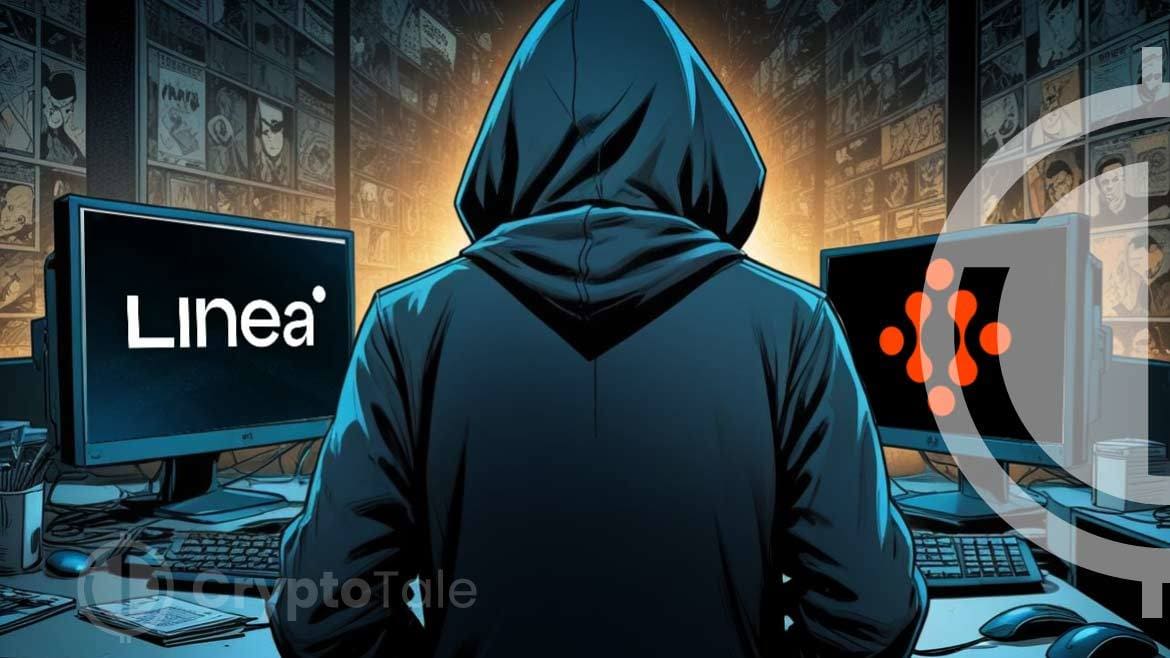Linea Halts Block Production, Plans Decentralization of Network
In the midst of an exploit on Velocore, Linea halts their block production and announces plans to further decentralize.
tah_eth
Share
Linea, the Ethereum Layer 2 blockchain, announced plans to decentralize its network after intentionally halting block production.
This action was taken in response to a security exploit on Velocore, a decentralized exchange on Linea, which resulted in the unauthorized withdrawal of 700 ETH ($2.6 million) via a third-party bridge on June 2.
To prevent the hacker from converting the stolen tokens into ETH, Linea implemented protective measures. The company stated:
The Linea team decided to halt block production by pausing the sequencer and censoring attacker addresses to protect our users and builders.
A significant factor in pausing the sequencer was the hacker's acquisition and initial sale of a large number of tokens into ether.
A sequencer is a component that organizes and batches multiple off-chain transactions on a Layer 2 rollup before they are submitted to the Ethereum mainnet. According to Linea, the sequencer was paused between blocks 5081800 and 5081801.
This incident and Linea's response to it have sparked discussions among industry leaders. Matter Labs’ CEO, Alex Gluchowski, stressed the need for Layer 2 networks to focus on decentralization.
"Decentralizing the sequencer isn’t optional. Every serious L2 stack must make it a priority" said Gluchowski, who is also involved in the development of zkSync, a competitor to Linea.

Decentralization
While rollups provide a promising solution for scaling Ethereum dApps, they also introduce centralization risks because they depend on sequencers controlled by project teams. This creates single points of failure and potential for censorship.
Decentralizing this system would involve having sequencer nodes run by multiple parties to order and batch transactions on Layer 2, then submit them to the Ethereum main chain. This distributed approach would eliminate the central point of failure and ensure fairness in transaction sequencing. Although most Layer 2 chains currently do not have decentralized sequencers, they plan to implement them in the future.
Even as the industry moves towards decentralization, pausing entire blockchains to stop hackers from moving funds remains a common practice. This approach is seen across the industry, including in Layer 1 networks, which are generally more decentralized than Layer 2s. For example, developers at BNB Chain, Osmosis, and Acala have temporarily halted their chains after significant security breaches, working with validators to limit damage and prevent stolen funds from being transferred.
Subscribe and get notifications whenever tah_eth releases a new article.
Sign up to stay in the loop with everything Pluid.
Recommended by Pluid

ICYMI - Top Weekend Headlines #15
The top news headlines over the weekend
Jul 8, 2024

ICYMI - Top Weekend Headlines #17
The top news headlines for the weekend.
Jul 22, 2024

German Government Is Now Out Of Bitcoin
The recent Bitcoin sell off by the German Government and the potential effects it could have within the ecosystem
Jul 13, 2024

ICYMI - Top Weekend Headlines #16
The top news headlines over the weekend
Jul 15, 2024